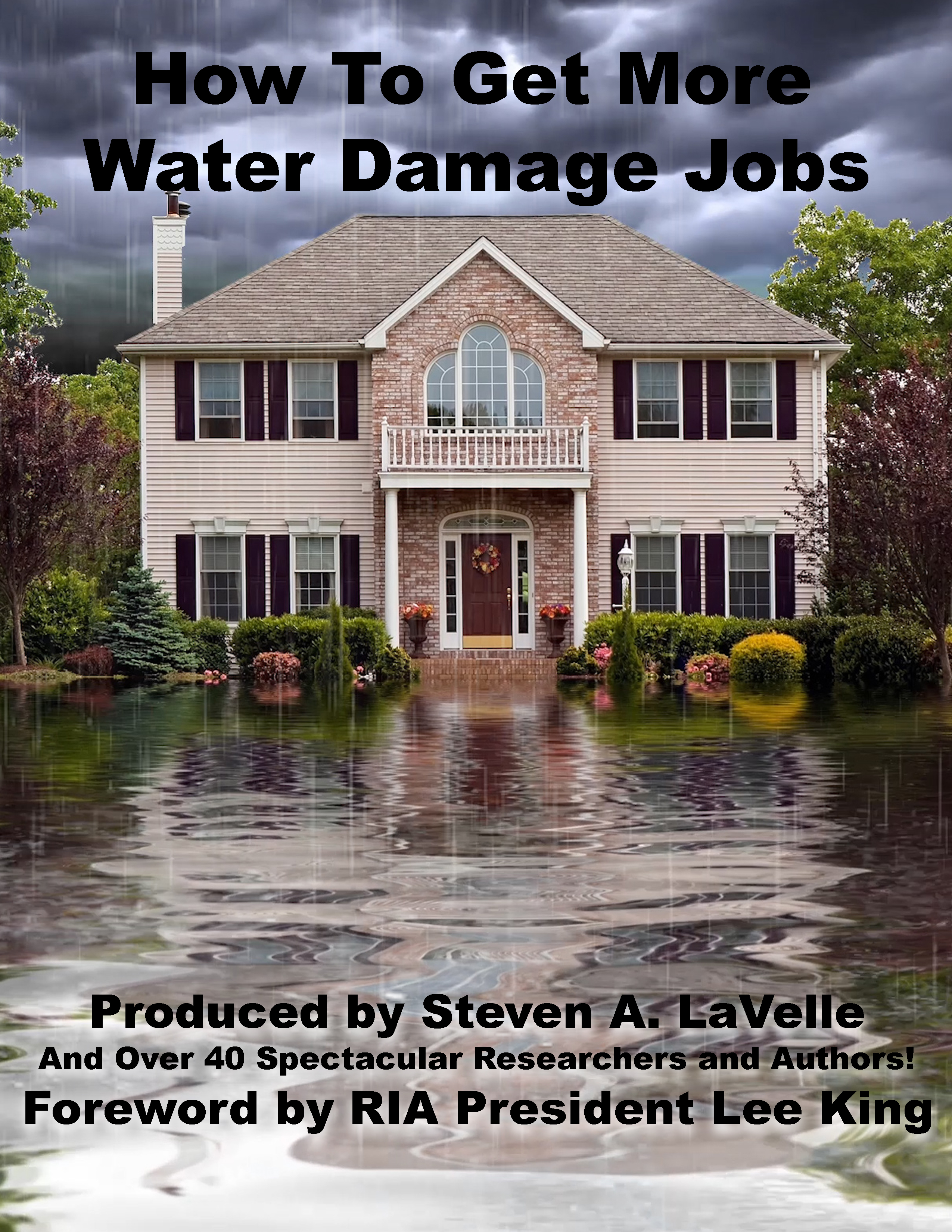AI in Restoration: Revolutionizing Business Efficiency and Shaping the Future

Credit: BlackJack3D / E+ via Getty Images Plus
Artificial intelligence is no longer a distant concept, it is reshaping industries at an unprecedented pace and restoration is no exception. What was once a field reliant on manual assessments, human decision-making and traditional equipment is now rapidly adopting AI-driven efficiencies. From automation in claims processing to real-time data analysis, artificial intelligence is optimizing business operations in ways that were unimaginable just a decade ago. But as with any technological leap, there are knock-on effects, both beneficial and challenging, that restoration professionals must consider.
AI-Driven Efficiencies: Transforming the Industry Today
One of the most immediate benefits of AI in the restoration industry is its ability to streamline business operations. Administrative tasks that once required extensive human input, such as documentation, job scheduling and insurance communication, can now be handled with AI-powered tools. This not only reduces the risk of human error but also allows companies to handle a higher volume of work with greater efficiency. The ability to analyze vast amounts of data in real-time is improving damage assessment and response strategies, ensuring faster and more precise decision-making on-site.
For restoration companies, AI also enhances resource allocation. Predictive analytics can determine the required manpower and equipment for specific job sites, reducing operational costs and minimizing waste. In the realm of moisture detection and structural analysis, AI-integrated tools are providing deeper insights, identifying potential problem areas before they escalate. For example, in the aftermath of hurricanes like Hurricane Ian, AI-powered drone technology was used to assess widespread damage and prioritize response efforts. Similarly, after catastrophic wildfires in California, AI-assisted thermal imaging has helped detect hidden embers and structural weaknesses, allowing for a safer and more efficient recovery process.
The Future of AI in Restoration: What’s Coming Next?
The next wave of AI developments will likely focus on even greater automation, from robotics-assisted inspections to advanced drone technology that can assess large-scale disaster zones with precision. We may soon see AI-powered restoration equipment that autonomously adjusts drying conditions based on real-time environmental data, ensuring optimal efficiency without constant human oversight. As machine learning algorithms become more sophisticated, AI-driven diagnostic tools could predict long-term structural issues, offering restoration professionals data-backed recommendations to prevent future damage.
AI’s integration into restoration software platforms will also continue to evolve. The ability to process historical project data and recommend best practices for similar jobs will refine industry standards, making restoration more precise and standardized across the board. While AI will never replace human expertise, it will significantly enhance decision-making capabilities, allowing professionals to work smarter, not harder.
The Knock-On Effects: Efficiency Gains and Potential Risks
While AI promises greater efficiency and cost savings, the rapid adoption of technology comes with its own set of challenges. One immediate consequence is the potential skills gap. As AI takes over certain analytical and administrative functions, technicians and business owners may need to develop new competencies to stay relevant. Companies will have to invest in ongoing education and training to ensure their teams can effectively work alongside AI-driven tools rather than being displaced by them.
Another consideration is the increased reliance on data-driven decision-making. While AI enhances accuracy, it is only as good as the data it processes. Inaccurate or biased datasets could lead to flawed recommendations, potentially impacting restoration outcomes. Businesses must remain vigilant in verifying AI-generated insights, ensuring that human expertise remains a crucial part of the process.
Additionally, the financial implications of AI adoption must be considered. While AI can reduce long-term operational costs, the initial investment in AI-powered equipment and software may be prohibitive for smaller restoration firms. The risk of creating a technological divide within the industry is real, where larger companies gain a competitive edge while smaller businesses struggle to keep up. This shift could reshape the market, pushing independent operators toward partnerships or consolidations with tech-savvy firms.
Balancing Progress with Practicality
The advancement of AI in the restoration industry presents an exciting yet complex landscape. While the efficiency gains are undeniable, the industry must navigate the consequences carefully. The key will be finding a balance between leveraging AI’s capabilities and maintaining the human expertise that drives quality service and customer trust. Restoration professionals who embrace AI while adapting their skills and business strategies accordingly will be best positioned for success in this evolving field.
Wrap Up
AI is here to stay and its influence on restoration will only grow stronger. The challenge for the industry is not just in adopting the technology but in ensuring it is used responsibly, ethically and in a way that enhances rather than replaces the human element. The companies that strike this balance will lead the next chapter of restoration, where technology and expertise work hand in hand to deliver better, faster and more sustainable results.
Looking for a reprint of this article?
From high-res PDFs to custom plaques, order your copy today!








